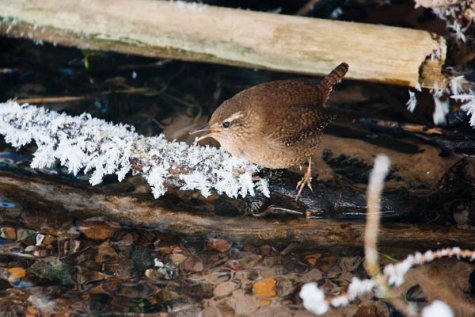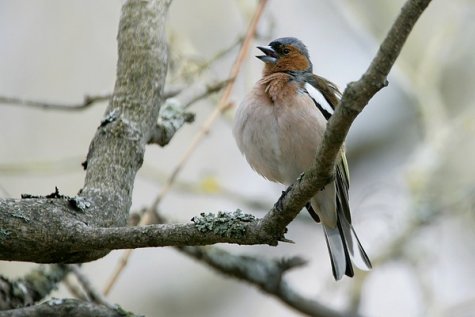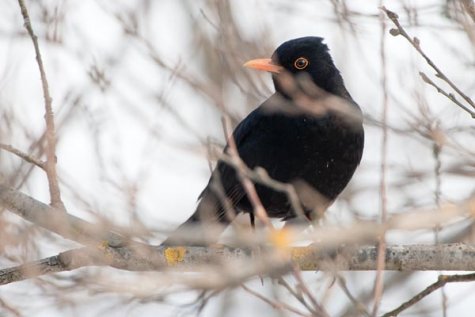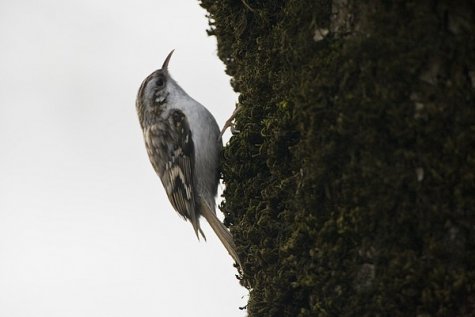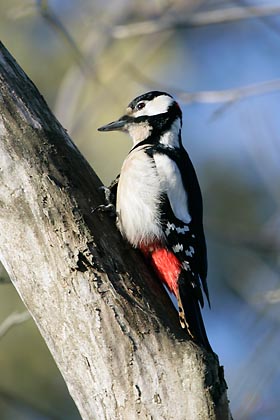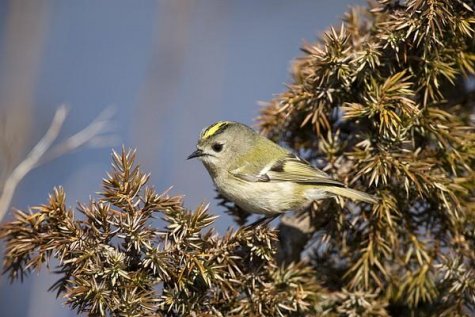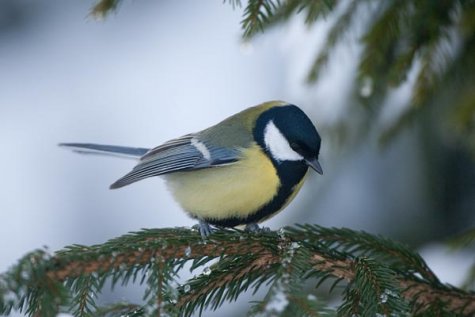Forest birds and their song - wren
Our forests are brimming with bird song - there is indeed something to listen to. A series of simple everyday introductions of forest birds follows here, to make it easier to identify the birds by ear. You will be able to look the birds up on one single page, and compare them. The list of birds to be introduced is in the right-hand column in the table below.
|
Wren |
Käblik |
You are missing some Flash content that should appear here! Perhaps your browser cannot display it, or maybe it did not initialize correctly.
|
Most common forest birds:
Basis: spot monitoring survey in Kaarepere forest, 1984-1992) |
In how many spots á 5 minutes must you listen to hear the species?
|
How many times is the bird heard during 5 mins.?
|
LK presentation order (non-migrant* + migrant birds)
|
|
Chaffinch - Metsvint
|
1
|
2,2
|
Great tit*
|
|
Willow warbler - Salu-lehelind
|
2
|
0,8
|
Goldcrest*
|
|
Wood warbler - Mets-lehelind
|
2
|
0,8
|
Great spotted woodpecker*
|
|
Chiff-chaff - Väike-lehelind
|
2
|
0,8
|
Treecreeper*
|
|
Tree pipit - Metskiur
|
2
|
0,7
|
Jay*
|
|
Robin - Punarind
|
2
|
0,6
|
Blackbird
|
|
Song thrush - Laulurästas
|
2
|
0,5
|
Chaffinch
|
|
Blackcap - Mustpea-põõsalind
|
2
|
0,5
|
Wren
|
|
Pied flycatcher - Must-kärbsenäpp
|
3
|
0,4
|
Song thrush
|
|
Wren - Käblik
|
3
|
0,4
|
Robin
|
|
Cuckoo - Kägu
|
3
|
0,4
|
Chaffinch
|
|
Garden warbler - Aed-põõsalind
|
4
|
0,3
|
Redwing thrush
|
|
Great tit - Rasvatihane
|
4
|
0,3
|
Tree pipit
|
|
Blackbird - Musträstas
|
4
|
0,3
|
Chiff-chaff
|
|
Goldcrest - Pöialpoiss
|
4
|
0,3
|
Willow warbler
|
|
Redwing - Vainurästas
|
4
|
0,3
|
Pied flycatcher
|
|
Collared dove - Kaelustuvi
|
4
|
0,3
|
Cuckoo
|
|
Siskin - Siisike
|
5
|
0,2
|
Wood warbler
|
|
Willow tit - Põhjatihane
|
5
|
0,2
|
Blackcap
|
|
Dunnock - Võsaraat
|
5
|
0,2
|
Garden warbler
|
|
Greater spotted woodpecker - Suur-kirjurähn
|
5
|
0,2
|
|
|
Treecreeper - Porr
|
Observed each year
|
||
|
Bullfinch - Leevike
|
Observed each year
|
Spot monitoring
|
|
|
Jay - Pasknäär
|
Observed each year
|
20 obs. spots
|
|
|
á 5 minutes
|
|
Chaffinch |
Metsvint |
You are missing some Flash content that should appear here! Perhaps your browser cannot display it, or maybe it did not initialize correctly.
|
Blackbird |
Musträstas |
You are missing some Flash content that should appear here! Perhaps your browser cannot display it, or maybe it did not initialize correctly.
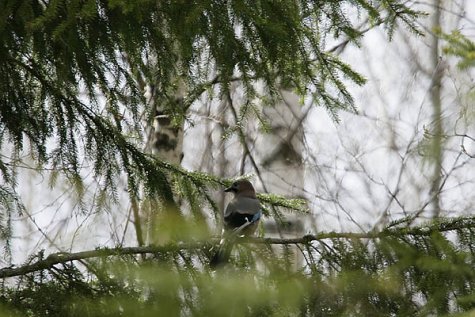
|
Jay |
Pasknäär |
You are missing some Flash content that should appear here! Perhaps your browser cannot display it, or maybe it did not initialize correctly.
|
Treecreeper |
Porr |
You are missing some Flash content that should appear here! Perhaps your browser cannot display it, or maybe it did not initialize correctly.
|
Greater spotted woodpecker |
Suur-kirjurähn |
You are missing some Flash content that should appear here! Perhaps your browser cannot display it, or maybe it did not initialize correctly.
|
Goldcrest |
Pöialpoiss |
You are missing some Flash content that should appear here! Perhaps your browser cannot display it, or maybe it did not initialize correctly.
|
Great tit |
Rasvatihane |

